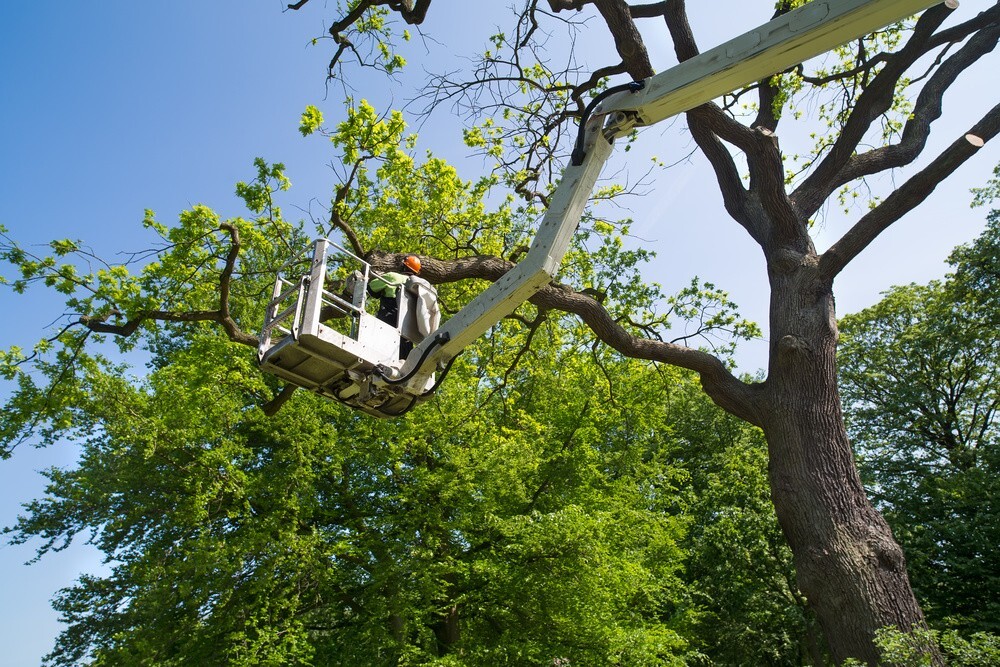Stump grinder machines are one of the most commonly used hand tools for stump removal. They are available in many different styles and sizes. Grinders are available in both cordless and battery operated models. The price range is determined by the size, battery power, and speed of the grinder. The best way to choose a model is to read reviews from consumers who have already purchased it. Companies wishing to market their products often test their products for many different types of customers.
Stump grinders are the size of a garden tool or as big as a small truck. Many achieve their purpose by use of a high-frequency disk which grinds up the stump roots and grinds up the exposed ground. Removing the roots is a very important step in stump grinding. Roots should never be left in the ground, as they can rot and cause damage to surrounding vegetation and structures.
The first step in stump grinding is to dig down into the earth, usually about 6 inches deep, and remove as much soil as is possible. This is important because when working with a tree stump, much of the stump wood remains above the ground level. As the grinder travels up and down the stump, large pieces of wood become dislodged. This becomes a collection point and should be treated with care to avoid spreading to other areas.
Once all of the broken pieces have been removed, the next step in stump grinding involves traveling up and down the stem. Grinding near the base of the tree increases the odds that the fibers in the stump will be cut properly. By cutting near the base, the area exposed to grinding cuts deeper than the rest of the stem, which increases the chances of cutting through the bark of the tree. This leads to a reduced risk of scarring. Many times, stump grinding is done without cutting through the bark, just to expose the inner fibers of the tree. This process is called cutting in the bark.
After cutting out the stump grinding area and the root ball, a new layer of soil should be applied to help the tree settle down. It is best to apply a thick layer of mulch, approximately one inch thick, as this will help anchor the plant against the ground. Mulch helps to insulate the roots, keep them warm during winter, and protect them from harsh weather conditions. A light mulch over the surface after the initial application of soil will help the roots of the tree remain warm and moist, which is especially important during cold months when exposure to soil heat can cause irreversible damage.
The third step in stump grinding is to carefully set the grinding tools. Grinding tools should be held firmly in hand and with a minimal amount of swaying. Handrails should be used to help maintain the position of the tools. The center of the tool should be firmly secured in place on a surface with a diameter of 3 inches. With each step of chopping wood or stone, the center of the tool should be slightly higher than the previous one.
Once the stump grinding has been completed and the tree removal project is complete, homeowners should gently remove the dead or damaged branch from the stem. To help homeowners separate the live tissue from the flesh, a small knife or nail can be used. Small scissors can also be used but care should be taken not to cut into the flesh. Care should also be taken to not touch the exposed bark area directly with bare hands or an object. Dead leaves, twigs, and other plant debris should be removed with a small pair of garden shears.
Following these steps will help ensure a quality tree stump grinding job that will last for years to come. Tree removal projects can be a lengthy and labor-intensive endeavor. Homeowners that want to save time and money should consider diy methods of stump grinding instead. These projects are less labor-intensive and can produce high quality, ground-up natural stone, gravel, or sandstone chips that are perfect for DIY landscaping projects, tree trimming and mulching, and other landscape improvement projects.

Recent Comments